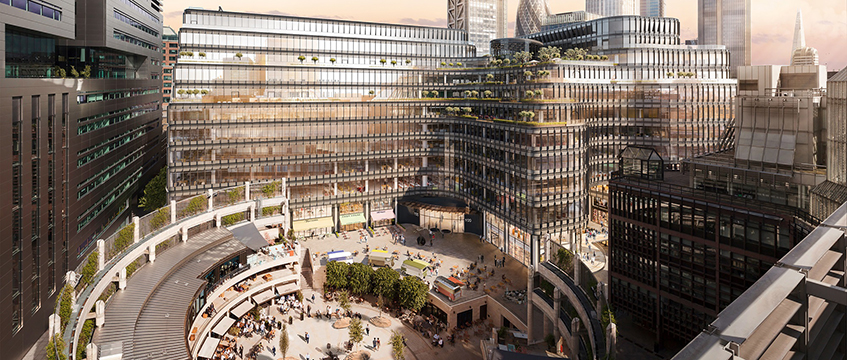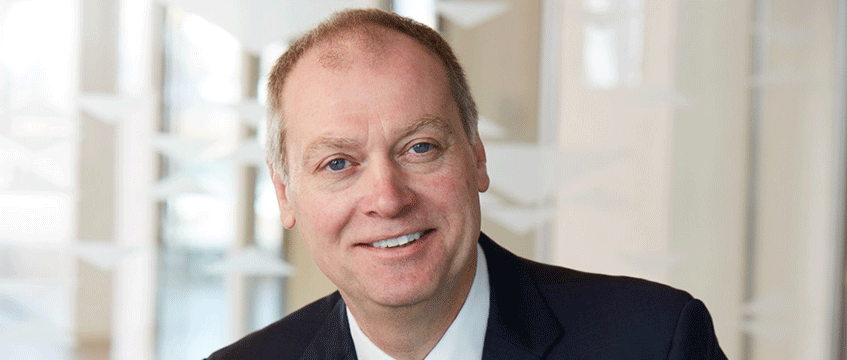Last month played host to the London Design Festival, a celebration of the capital’s world-renowned design and creative industries.
While design such as the craftsmanship of furniture and fashion are staples in the LDF calendar, the festival also puts a spotlight on London’s high-quality neighbourhoods which exemplify good urban design.
With a variety of events and installations, these Design Districts demonstrate that successful places are no longer judged by the quality of buildings alone, but on the strength of urban design more widely.
Urban design at its best is a holistic approach which considers the entirety of a place including the public realm, connectivity and community as well as the buildings themselves. Central to this should be the promotion of health and wellbeing among the people that live, work and play in these environments.
The concept of design actively improving people’s mental and physical health has evolved significantly during my time working in real estate, from the days when health was more associated with safety and less with wellbeing. Today, things are more complex, and so they should be. No longer do we look at design as just architectural statements or functionality of spaces, we now see it as a tool to promote health and wellbeing. After all, a city can only thrive if the people in it are thriving too.

The Design for Life report, which we commissioned last year, found that as well as contributing to personal wellbeing and health, better designed urban environments can reduce a reliance on government services and lead to a £15bn boost to the economy by 2050.
Inspired by our findings we have increased our design-led and people-first approach in future-proofing our places.
No longer do we look at design as just architectural statements or functionality of spaces, we now see it as a tool to promote health and wellbeing. After all, a city can only thrive if the people in it are thriving too
Broadgate is a great example of this. As the largest pedestrianised neighbourhood in central London, the campus offers a rare collection of public spaces, combining the community and feel of the historic piazza with the energy of modern London. In March this year we unveiled plans to transform Exchange Square into a 1.5-acre landscaped park, providing four times more green space and designed to improve wellbeing and accessibility to all in the community.
At Paddington Central, we have spent more than £10m on improving the public realm, including landscaped areas, green walls, outdoor seating, quality walkways, cycle routes and public artwork, all of which help to promote the wellbeing of those that work and live in and around the campus. And at Canada Water we will be creating 12 acres of new open spaces, including a 3.5-acre park, for everyone to enjoy.
With Sadiq Khan’s “Good Growth by Design” programme progressing into its second year and central and local government focusing on ways in which they can stimulate “good growth” around the country, our industry has a critical role to play. But to be successful we need to work together, across the architectural, design and built environment professions to build places that are socially and economically inclusive as well as environmentally sustainable.
Nigel Webb is head of developments at British Land











